RECOIL OFFGRID Survival Gut Check: Abdominal Pain When Off Grid
In This Article
One of the hardest diagnoses to make in a perfect world is that of abdominal pain. It can be a challenge in the austere setting, but it’s not impossible. This article will cover some topics to explore further and some common causes of abdominal pain. There are many books on the subject of abdominal pain.
However, one that gets passed around the halls of surgical residency is Cope’s Early Diagnosis of the Acute Abdomen (now in its 22nd edition). This book is worth having in your library if you plan on being medically astute in the austere setting.
One of the helpful parts of the book is that it divides abdominal pain into quadrants and provides potential diagnoses for each quadrant. Although Cope’s delineation of pain may be beneficial, it may be better thought of to divide abdominal pain into six sections as shown in the photo below:

The abdomen is divided into sections.
• Section 1: Common ailments include gastritis, gastric ulcer, pancreatitis, and duodenal ulcer.
• Section 2: Moving clockwise around the abdomen, includes kidney stones, splenic injury/laceration, constipation, and colonic ileus.
• Section 3: Could also see constipation, colon inflammation, and kidney stones. The ovarian cyst could also be seen in the lower aspect of this section.
• Section 4: Could include bladder stones, bladder outlet obstruction, prostatitis, urethritis, sigmoiditis, and proctitis.
• Section 5: Contains the start of the colon, appendix, right ovary, and kidney stones.
• Section 6: The last in the sections, could encompass kidney stones, gall bladder/cholecystitis, liver inflammation, and colon issues like constipation.

This list isn’t meant to be complete. However, it’s meant to be a starting point to investigate further.
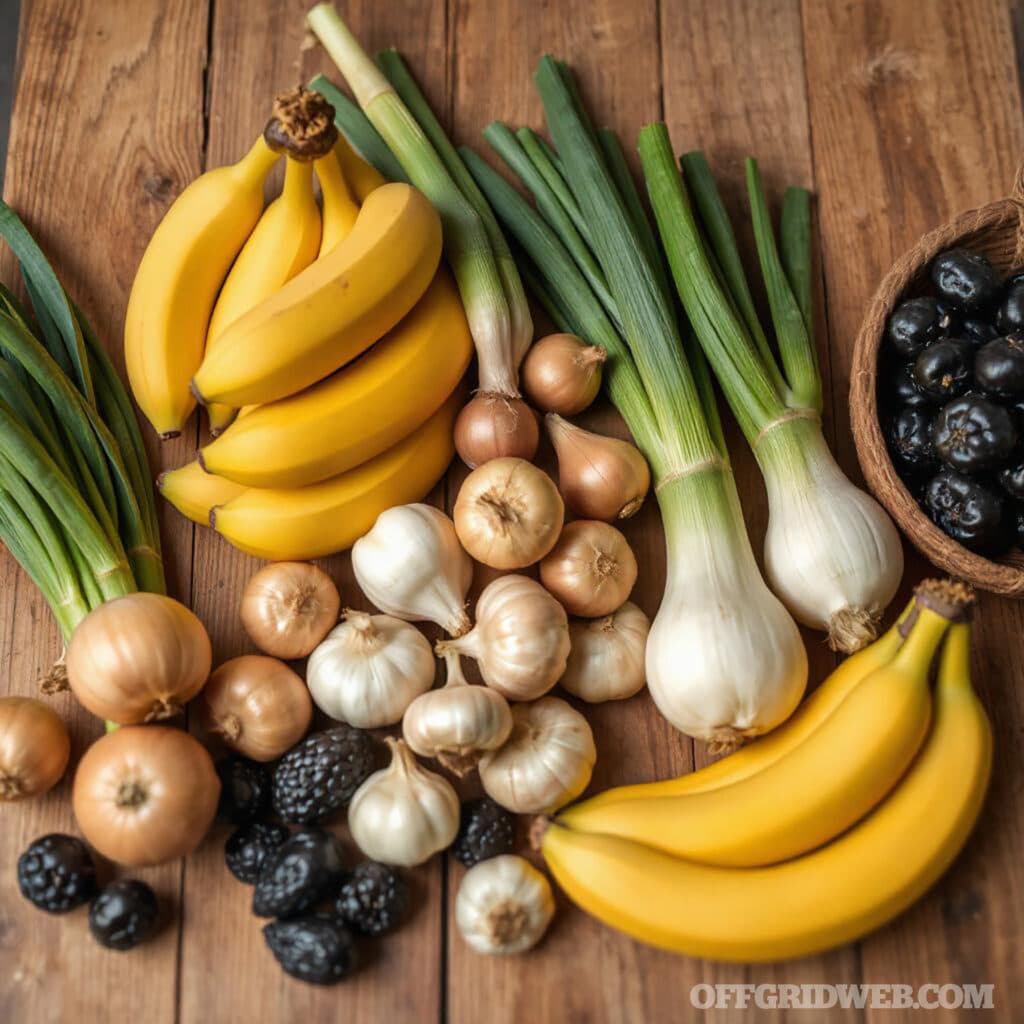
Natural remedies for constipation.
This is probably the most common disorder that’ll be seen in the off-grid scenario. It is often described as a hard, lumpy stool with less than three bowel movements a week. Dehydration will contribute significantly, as the colon’s primary function is to consolidate waste and absorb water. The pain from constipation can present throughout the abdomen as the colon travels from the anus upward toward the left rib cage.
Pain then traverses across the abdomen to the right rib cage and then down to the right lower part of the abdomen. The pain is usually described as an ache but can also be sharp. People may say that they have gone to the bathroom multiple times despite having the pain. Don’t let that piece of history fool you into some other diagnosis. Usually having a bowel movement will ease the pain. Failure to relieve the constipation can lead to a blockage of the colon. This can potentially lead to a rupture of the colon, infection inside the abdomen, and even death. This would be an extreme case, however, and usually, the pain drives the patient to seek help before it gets to this point.
Things to try if constipation is present include a magnesium citrate supplement, as the adverse effect of magnesium toxicity is diarrhea. Of course, rehydration is essential, and previous RECOIL OFFGRID articles may be helpful to review (read “Managing Dehydration” in Issue 28). Foods like bananas, garlic, onions, and leeks all contain prebiotics, which may be beneficial. Another good food is grandma’s favorite, prunes. There may be some trial and error in determining how many prunes it will take to relieve constipation. This would be good to know before the scenario presents itself, especially if there is a tendency toward constipation in a typical environment.
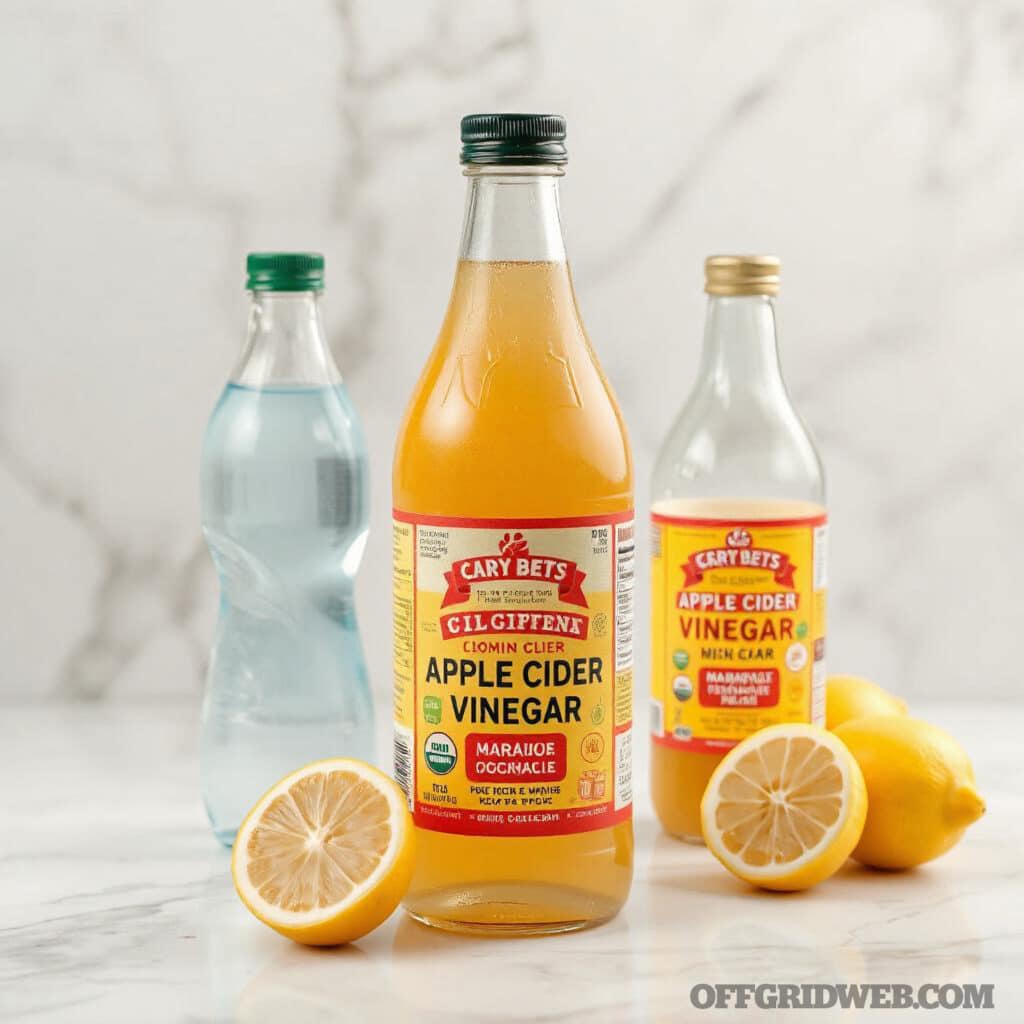
Natural remedies for kidney stones.
These never seem to present themselves at a good moment. The sharp, knife-like pain can start at the kidney and travel into the labia or testicle. It doesn’t have to radiate, so don’t rely solely on the radiating pain for diagnosis. The pain of kidney stones is quite memorable and never forgotten. Sometimes there can be blood in the urine associated with the traveling kidney stone. If there is a feeling that urine won’t come out at all, that is a medical emergency and needs an evaluation by a medical professional. This can mean a stone has blocked the tube (urethra) as it leaves the bladder. Failure to relieve the obstruction can result in kidney failure, heart failure, and death.
Hydration is the key to helping the stone travel down the tube from the kidney to the bladder and from the bladder out of the body. When the pain from the kidney stone hits, movement, such as walking, is one of the first things to try, along with hydration. Some natural remedies to try include lemon juice or apple cider vinegar. These have citrate, which can help break down the calcium in the kidney stones. Dandelion root juice can increase urine output, which may help eliminate the stone.
If a fever develops, antibiotics (ciprofloxacin) can be taken orally. However, this may not be enough, as the infection could be in the kidney (pyelonephritis), which would require intravenous antibiotics and the care of a physician.
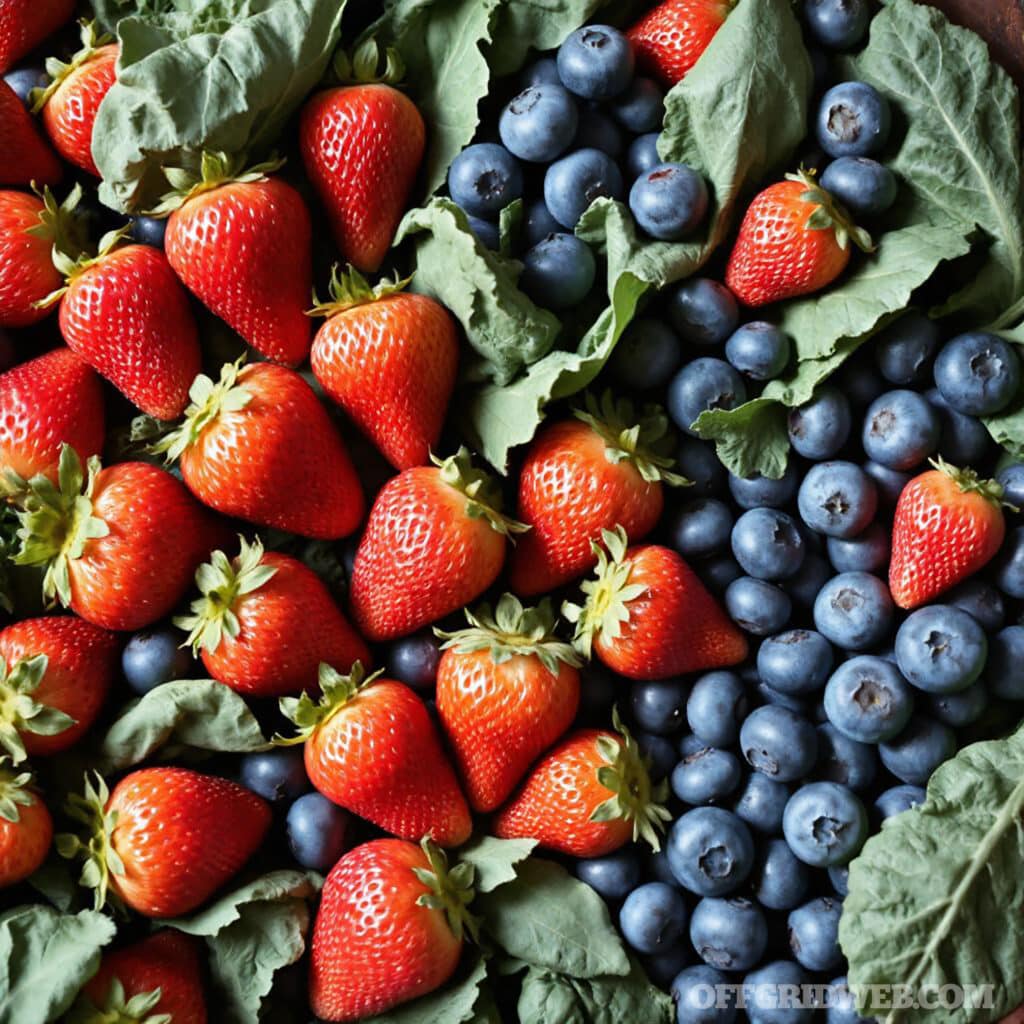
Natural remedies to help with appendicitis.
Rarely will this go away on its own with rest, antibiotics, and fluids. It’s often in need of surgical intervention and supervised medical care. Classically, the pain starts as a dull ache around the belly button and then migrates to the right lower quadrant of the abdomen, into Section 5. Often, a loss of appetite occurs. Some surgeons will say that dehydration can play a part in the development of appendicitis, but not all agree.
Although nobody really has a definitive cause for appendicitis, things like infection, tumors, and stool lodged in the appendiceal opening can lead to inflammation that causes the pain. The pain pattern can vary widely, which is why it’s often misdiagnosed. Suspicion of appendicitis must be high for any right lower quadrant pain, and medical treatment must be sought. Failure to diagnose appendicitis in a timely manner could lead to rupture of the appendix. This causes infection in the abdomen and possibly death.
While in transit to a medical facility, a trial of natural anti-inflammatories may be helpful. Things like strawberries, blueberries, green leafy vegetables (kale, spinach), and foods high in omega-3 fatty acids, such as salmon, can help with inflammation. Willow bark contains salicylates (like that found in aspirin) and may be helpful. The problem with taking the willow bark, as well as hydration, is that if surgery is an option, it may be delayed until the stomach contents are emptied. Salicylates may provide additional risk due to the increased risk of bleeding during surgery. Caution should be used if appendicitis is being considered in the austere setting, and early diagnosis by a medical professional is essential.
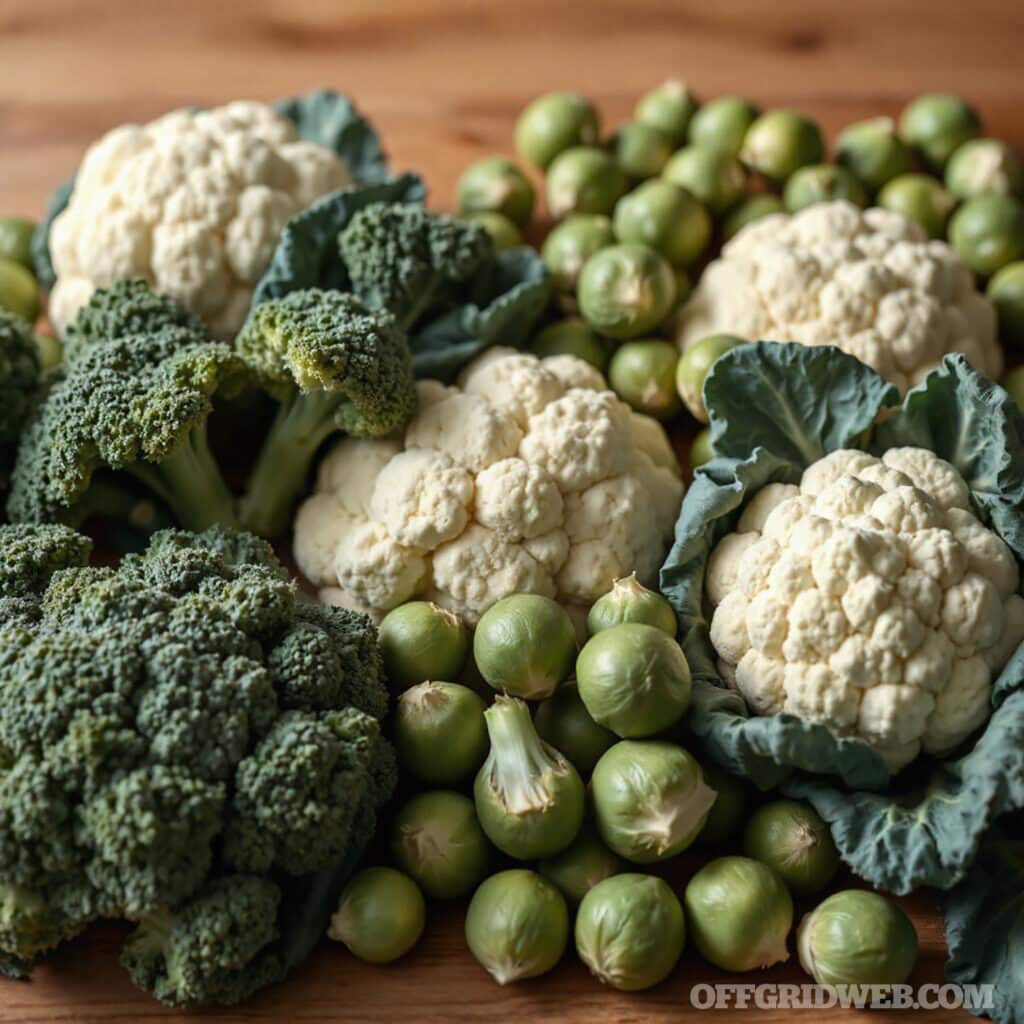
Natural remedies to help with ovarian cysts.
If appendicitis is nebulous in the way it presents, ovarian cysts are a close second. Most of the time, an ovarian cyst creates no problems. Sometimes, a cyst can produce pain, whether it’s a dull ache or a sharp pain. Bloating can also accompany an ovarian cyst. There could be pain upon sexual intercourse. Fever, nausea, vaginal discharge, or bleeding are also possible presenting signs and symptoms. The ovaries are located in Sections 4 and 5 in the diagram. Usually, the pain is one-sided and can be mild to intense in nature.
These cysts will typically resolve on their own. The situation becomes more concerning when the ovary twists (ovarian torsion). This can lead to intense pain, fever, and weakness and requires evaluation by a physician as well as emergency surgery to repair the torsion. Failure to seek help could result in a loss of blood, infection in the abdomen, and, in rare cases, death.
One thing to keep in mind is that if there’s a personal history of an ovarian cyst, the likelihood that a second develops at some point is possible. If they have developed in the past, there should be familiarity with the pain pattern. Treatment for these is usually time, hormones, or surgery. Since the problem stems from too much unopposed estrogen, natural remedies could help to a small degree.
Vegetables like kale, broccoli, cauliflower, and brussels sprouts can help the liver clear the estrogen a little better from the system. Also, by adding fiber, the colon can pack up the estrogen and eliminate it so it does not get reabsorbed into the body. Things like whole grains, fruits, and oats can add dietary fiber to help with regular bowel movements.
Keep in mind that stress can decrease the progesterone in the body, leaving the estrogen unopposed. This creates a scenario where an ovarian cyst could be a potential problem in the austere setting due to the increased stress.
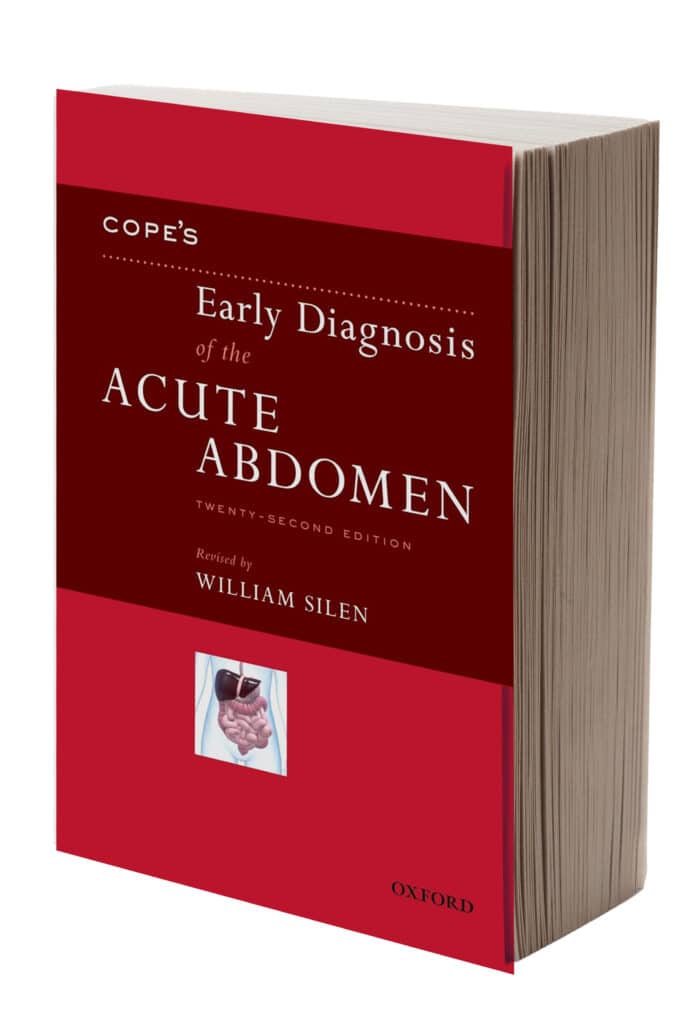
The current version of this helpful book can be found online at Amazon.com
Abdominal pain in the austere setting can be an enigma. Knowing a little information can be helpful but often not adequate to diagnose and treat the ailment. Knowing when to seek medical attention is critical to preventing a more serious casualty. Although four examples were presented here in this article, there are many more ailments to cover. Further reading on this topic is warranted to become more astute in the diagnosis of abdominal pain.
Don’t miss essential survival insights—sign up for Recoil Offgrid's free newsletter today!
Check out our other publications on the web: Recoil | Gun Digest | Blade | RecoilTV | RECOILtv (YouTube)
Editor's Note: This article has been modified from its original version for the web.
 STAY SAFE: Download a Free copy of the OFFGRID Outbreak Issue
STAY SAFE: Download a Free copy of the OFFGRID Outbreak Issue
No Comments